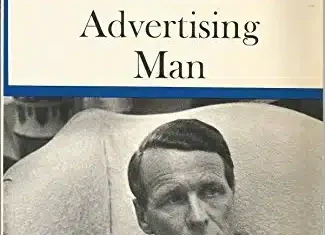When trying to sell your product or service, many people tend to gravitate toward defending the problem that they would be mostly likely to see.
For example, if you work part-time at a Verizon store, the price tags on the phones there likely seem pretty high to you. If someone comes in looking for a phone, your inclination may be to find a way to soften the price to them (payment plans, etc). Maybe that helps, but maybe their problem is something completely different. Perhaps money isn’t a big problem for them, but storage space is always a hassle. Understanding and responding to their concerns, not yours, is huge.
Throw the ball
I recently heard Todd Stanton give this as a baseball analogy. In most situations, catchers are ones that decide what the next pitch should be thrown to the hitter. Should we give them an outside curveball? Maybe a high and tight fastball? It’s up to the catcher to make the choice and signal to the pitcher what it should be.
With that in mind, there are often two kinds of catchers:
- There are catchers that think “ooh, a curveball in this situation would totally fool me” and make the call based on their own hitting skills.
- Then there are catchers that understand the tendencies of each hitter and make the call based on what will most confuse the batter at the plate.
Focus on the hitter, not yourself.
When it comes to marketing, you should be addressing the pain points of your users. This takes time and patience, though, as it’s much easier to just use your own pain point as a place to start. If you can instead take the time to listen and understand, you can appropriately help users understand how your solution would benefit them rather than offering something that may not solve their particular needs at all.




